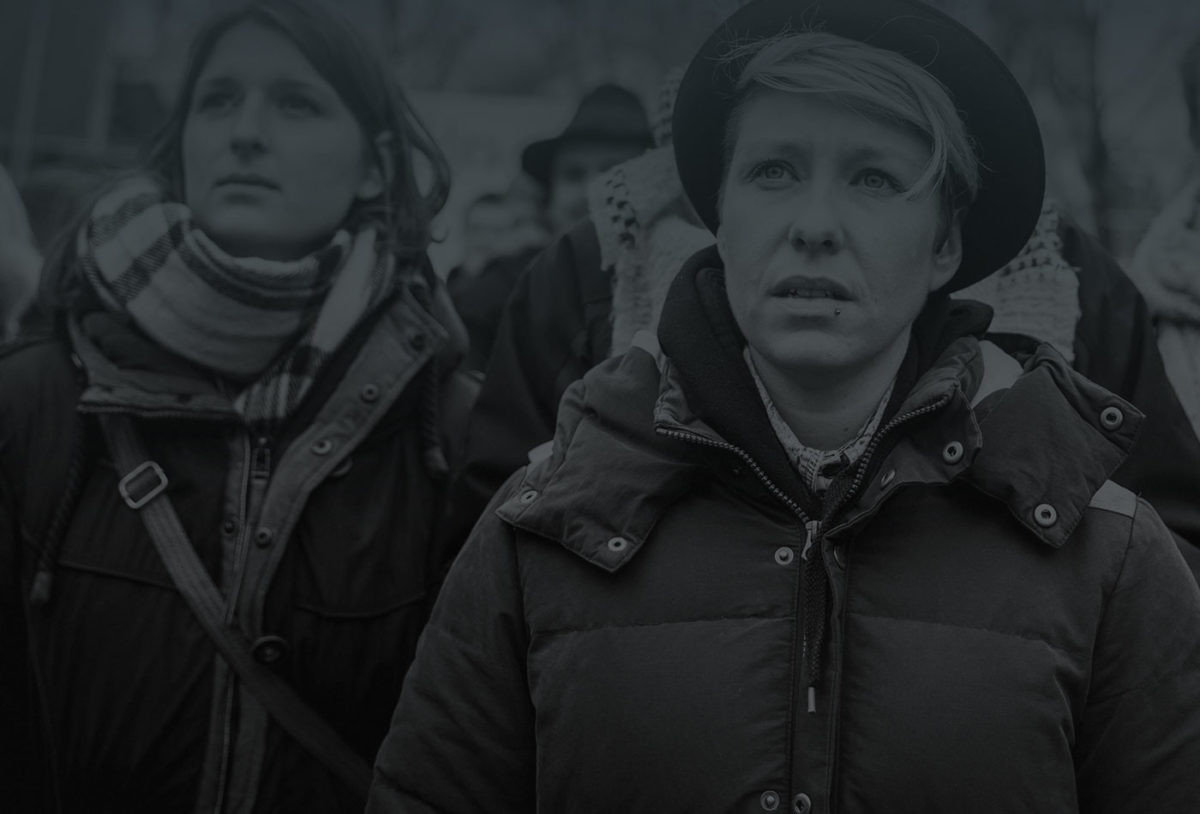Abortion Won at SCOTUS, But Frightening Laws Remain

There are still restrictive and even blatantly unconstitutional anti-abortion laws on the books, even though abortion rights won big with the Whole Woman’s Health v. Hellerstedt decision last summer. The fight continues: Planned Parenthood, along with the ACLU and Center for Reproductive Rights, is filing a lawsuit against restrictive anti-abortion laws in North Carolina, Alaska, and Missouri. Missouri has legislation similar to that struck down in the recent Supreme Court ruling.
The Supreme Court said clearly in a 5-3 decision that restrictions on access to abortion must have a benefit, as the Texas House Bill 2 did not. The unconstitutional abortion clinic closure law required abortion facilities to meet hospital-like standards. It also required doctors to have admitting privileges to hospitals within 30 miles.
Requiring abortion facilities to have hospital-sized rooms and hallways and doctors to have admitting privileges at nearby hospital are nothing more than thinly guised attempts at shutting down access to abortion. After HB 2 went into effect, nearly half of the abortion clinics in the state had to shut down. This left many people needing abortions without access to a nearby clinic.
The Supreme Court stated that these laws “place a substantial obstacle in the path of women seeking an abortion, constitute an undue burden on abortion access, and therefore violate the Constitution.”
After the ruling, I took a look to see if there were states still holding onto anti-abortion laws that have been ruled unnecessary and unconstitutional. What I found was appalling. While many states had laws similar to that in Texas, only Arizona, Indiana and Utah have laws remaining that have not yet been challenged at the state level.
I also looked at a number of additional types of abortion restrictions, and what I found was unfortunately not surprising. The strictest abortion laws are in states that have a majority of conservative legislators. Some states, such as South Dakota, have trigger laws in place to ban abortion, except in cases where a physician deems it necessary, if Roe v. Wade is overturned by the Supreme Court — a possibility welcomed by president-elect Donald Trump. Other laws explicitly state they will ban abortion to the fullest extent allowed under federal law.
It’s important to note that the attacks on abortion rights keep mounting. New Jersey proposed 20 anti-abortion bills in 2016. Iowa proposed 15 anti-abortion and religious freedom bills in 2016, many attacking LGBTQ rights. There is every reason to expect 2017 will be worse.
Most disheartening is how murky these laws can be to find and understand. Anti-abortion laws threaten everyone, especially the one in three women who will have an abortion in their lifetimes. These laws should not be this difficult to track down and comprehend. State websites can be tough to navigate, and the language of policy can be difficult to understand. Once you actually find the laws you’re looking for, the next challenge is trying to understand what they mean. Laws are changing every year as more and more anti-choice groups and legislators attempt to pass bills that take away the right to our own bodies.
One of the most notable — and frankly, terrifying — new state laws is once again in Texas. The law, now challenged in court and blocked by a federal judge, would require abortion facilities to pay for the cremation or burial of aborted fetuses. It is an insult to the autonomy and dignity of people who have abortions, and it will raise the cost of abortion care by hundreds or thousands of dollars. This new law, along with the countless others across the states, prove how much work there is to be done in the name of reproductive justice.
